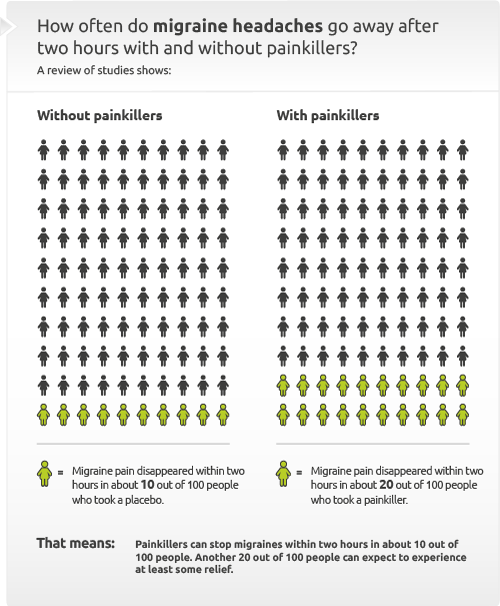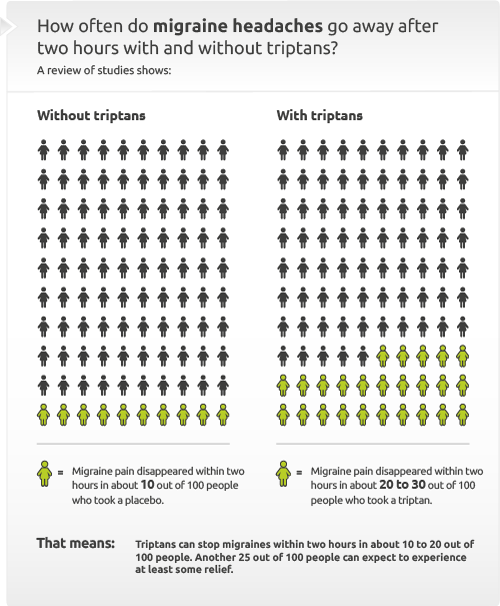Barnes NP. Migraine headache in children. BMJ Clin Evid 2015: pii: 0318.
Bird S, Derry S, Moore RA. Zolmitriptan for acute migraine attacks in adults. Cochrane Database Syst Rev 2014; (5): CD008616.
Damen L, Bruijn JK, Verhagen AP et al. Symptomatic treatment of migraine in children: a systematic review of medication trials. Pediatrics 2005; 116(2): e295-302.
Derry CJ, Derry S, Moore RA. Sumatriptan (all routes of administration) for acute migraine attacks in adults - overview of Cochrane reviews. Cochrane Database Syst Rev 2014; (5): CD009108.
Derry CJ, Derry S, Moore RA. Sumatriptan (oral route of administration) for acute migraine attacks in adults. Cochrane Database Syst Rev 2012; (2): CD008615.
Derry S, Moore RA. Paracetamol (acetaminophen) with or without an antiemetic for acute migraine headaches in adults. Cochrane Database Syst Rev 2013; (4): CD008040.
Derry S, Rabbie R, Moore RA. Diclofenac with or without an antiemetic for acute migraine headaches in adults. Cochrane Database Syst Rev 2013; (4): CD008783.
Deutsche Gesellschaft für Neurologie (DGN), Deutsche Migräne- und Kopfschmerzgesellschaft (DMKG). Therapie der Migräneattacke und Prophylaxe der Migräne (S1-Leitlinie). AWMF-Registernr.: 030-057. 2020.
Evers S, Marziniak M. Clinical features, pathophysiology, and treatment of medication-overuse headache. Lancet Neurol 2010; 9(4): 391-401.
Kirthi V, Derry S, Moore RA. Aspirin with or without an antiemetic for acute migraine headaches in adults. Cochrane Database Syst Rev 2013; (4): CD008041.
Rabbie R, Derry S, Moore RA. Ibuprofen with or without an antiemetic for acute migraine headaches in adults. Cochrane Database Syst Rev 2013; (4): CD008039.
Richer L, Billinghurst L, Linsdell MA et al. Drugs for the acute treatment of migraine in children and adolescents. Cochrane Database Syst Rev 2016; (4): CD005220.
Singh RB, VanderPluym JH, Morrow AS et al. Acute Treatments for Episodic Migraine (AHRQ Effective Health Care Programme). 2022.
IQWiG health information is written with the aim of helping people understand the advantages and disadvantages of the main treatment options and health care services.
Because IQWiG is a German institute, some of the information provided here is specific to the German health care system. The suitability of any of the described options in an individual case can be determined by talking to a doctor. informedhealth.org can provide support for talks with doctors and other medical professionals, but cannot replace them. We do not offer individual consultations.
Our information is based on the results of good-quality studies. It is written by a team of health care professionals, scientists and editors, and reviewed by external experts. You can find a detailed description of how our health information is produced and updated in our methods.



